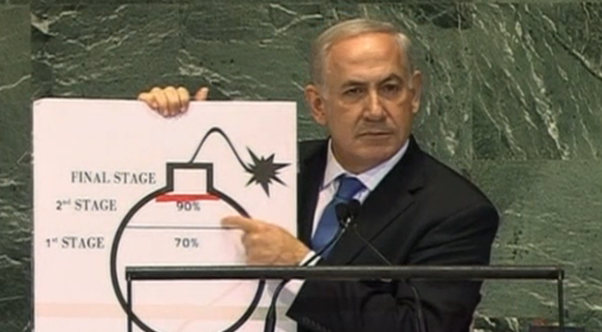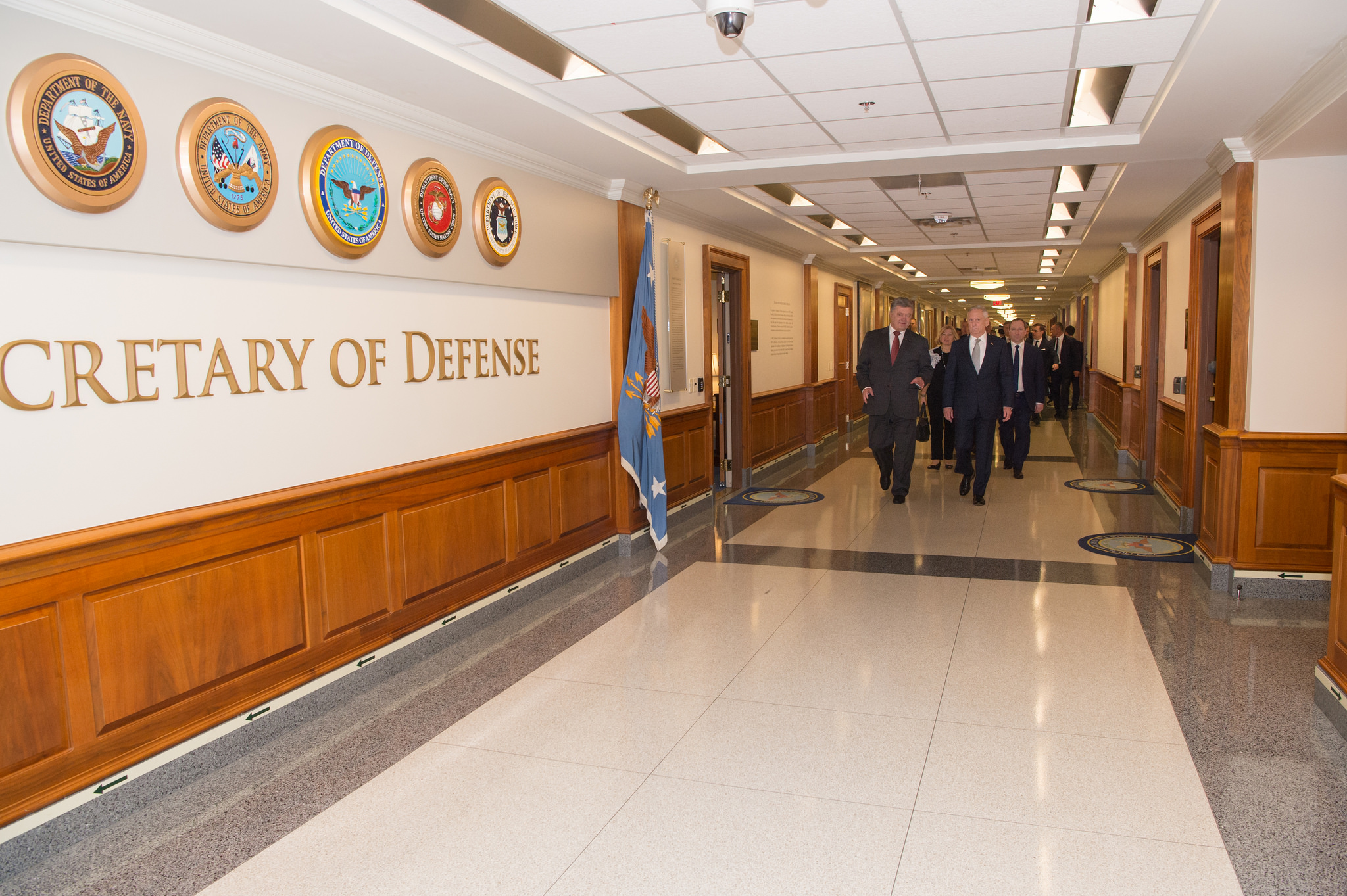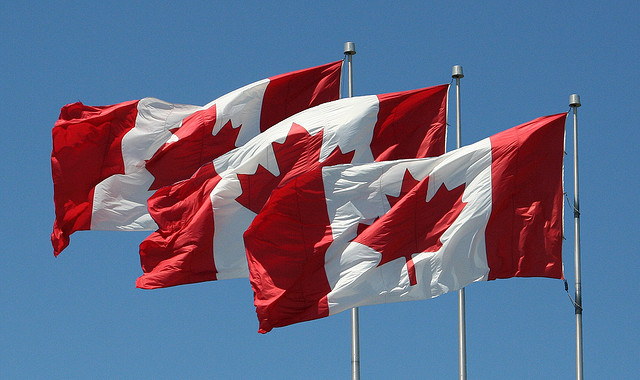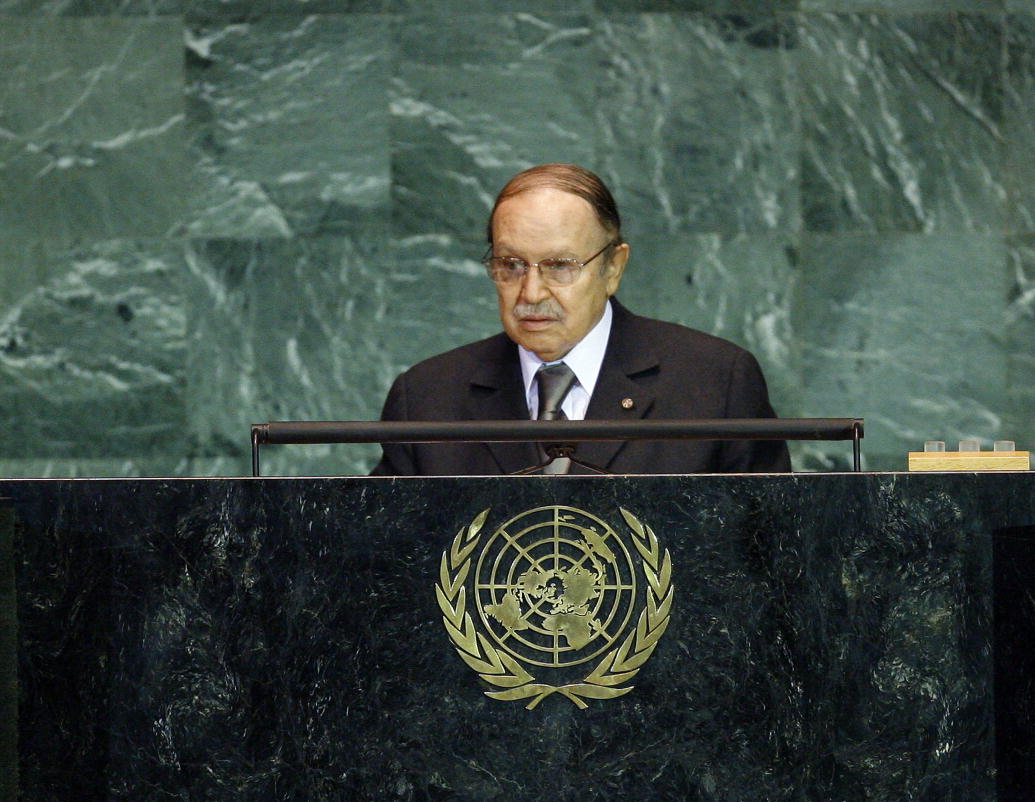When violence erupted in late 2014 between local communities in Turkana, Kenya, where oil was recently discovered, the Kenyan government was swift to deploy security forces to the area. In Jos, Nigeria, recurring ethno-religious clashes have prompted army interventions as well as state-led peace conferences and judicial inquiries. Meanwhile, when intense conflict rocked Wajir in northeast Kenya in the early 1990s, there was no concerted response from the state and the violence eventually came to a halt only after a grassroots-driven peace process. What explains the strategies chosen by central governments in relation to local violent conflicts? And how do these strategies affect local conflict resolution?
Every year, non-state conflicts between communal groups kill thousands of people around the world. If unchecked, such communal conflicts can escalate into complex crises that cause significant displacement and disruption of local livelihoods. At worst, they may escalate into civil war or regional instability. However, as illustrated by the cases mentioned above, state responses to local conflicts are uneven.
In a study of sub-Saharan Africa 1989-2010 (ungated until December 9, 2015), I find that security forces were deployed in only around two thirds of violent communal conflicts. Furthermore, my research shows that the decision to intervene or not is affected by strategic interests and not just on the imperative to provide security.
To be able to provide security, governments must have a certain level of capacity and control over their territory. My research confirms that governments are less likely to intervene in a local conflict if they are busy fighting an insurgency, or if they are militarily or economically weak. As exemplified by the extreme case of Somalia, in the absence of a functioning state local conflicts often remain unaddressed or are managed by other – local or international – actors. In this and other cases, insurgents have gained popular legitimacy by regulating local conflicts.
However, I also find that intervention becomes more likely if the conflict concerns land control or is located in an economically important area. Furthermore, the government is more likely to deploy security forces to a conflict which involves its own ethnopolitical support base. I argue that this is because intervention can be used not only to contain violence, but also to affect the power dynamics between the groups involved and to influence the outcome of the conflict. For instance, electoral supporters can be rewarded through support against a local adversary; the settlement of a conflict over a valuable piece of land or local resource can be manipulated in order to ensure government access. Numerous human rights reports have documented abuses and uneven administration of justice during state interventions in local communal conflicts.
Of course, when violent communal conflict breaks out, the central state is often seen as a direct or indirect cause. For instance, government policies and a clientelist political system may lead to intergroup conflicts, as illustrated by numerous communal conflicts in Nigeria. Also, conflict may be directly instigated or fuelled by central state actors, a type of divide-and-conquer strategy that has been used by the Sudanese government in Darfur. As a result, strategies to deal with conflict may sometimes reflect at best a reactive “fire-brigade approach”, aimed at preventing the worst violence from spiraling out of control, and at worst direct involvement in the conflict with the aim to achieve an outcome in line with the central government’s interests.
These findings have implications for the role of the central government – and the potential need for other actors’ involvement – in resolving local communal conflicts. The fact that central government actors are often unable to serve as credible and neutral mediators means that a plethora of other actors are involved in managing communal conflicts.
The case of Wajir mentioned above, as well as my own fieldwork in Kerio Valley in western Kenya, suggests that chances for peace are high when local actors are able to negotiate within the framework of a grassroots-based peace process and when the settlement reached through this process is subsequently endorsed and supported by the government. This may lead to hybrid legal arrangements such as the Modogashe declaration, which was established in northern Kenya in 2001 in reaction to recurring pastoralist conflicts and which outlines a combination of statutory and customary legal mechanisms to address and reduce conflict between local communities. Meanwhile, if the state is unwilling or unable to provide security, the international community may need to step in to halt the violence or provide peacekeeping. This was the case in reaction to highly destructive communal conflict in Ituri in eastern DRC, for example.
Even in more peaceful and stable states, security provision at the local level may be a problem and local peace settlements may collapse due to spoiling behavior or the fear that the other side will renege on the agreements. If the state does not always provide security – and, when it does, it may be a reflection of vested interests – then there is scope and need for the international community and civil society actors to help manage communal conflicts and assist local peace processes.
Emma Elfversson is a doctoral candidate in the Department of Peace and Conflict Research, Uppsala University.








1 comment